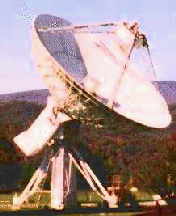 Orbiting VLBI Link Stability
Orbiting VLBI Link Stability
For the VLBI observations using the Green Bank Earth Station,
the experiment is summarized and the link stability is plotted below.
The plots of link stability indicate the difference between the
predicted
and measured 14.2 GHz downlink from HALCA. This down link frequency
difference is expected to be different from zero, due to errors
in the satellite orbit prediction and troposhere and ionospheric
effects. The frequency errors are typically on the order of
a few Herz, indicating the frequency error at the satellite
is a few parts in 15,000,000,000.
The frequency residuals are used
to produce a time corrections file applied to the data at correllators
and by the JPL orbit determination group to calculate the satellite
orbital parameters.
For each tracking pass below, two plots are produced:
- Residual Frequency
-
The difference between the predicted and measured down link
frequency is ploted versus time. (The Time axis is truncated
MJD, which is MJD - 50000.). The difference is usually a few
Hertz, indicating the satellite orbit prediction is very good.
The frequency is slope of a linear fit to the downlink
cycles during a two second interval.
- RMS Frequency
-
The uncertainty of the slope of the linear fit to the
downlink cycles indicates the quality of the two way link to the
satellite. Typically, the RMS level is better than 0.02 Hz.
The link stablility for the
97 May experiments are summarized.
The link stablility for the
97 June experiments are summarized.
97 July 05 -- VT809 -- 1921-293
Tracking in Green Bank runs from 97 July 5 4h03m to 7h22m.
This tracking pass appeared to be successful, due to extensive work
on the Maser Lo Reciever during the holiday. Earlier July tracking
passes had partial failures due to instability in timing reference.
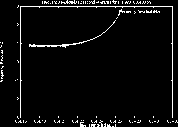
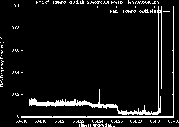
97 July 13 -- V025c -- 1921-293
Tracking in Green Bank runs from 97 July 13 18h36m to 23h17m.
Data recording on VLBA tape not scheduled to start until
20h49m. Satellite signal was present at beginning of pass, but
slowly faded during pass. Signal slowly returned and good downlink
data recorded from 22h43m to end of pass.
No problems found in any tests of tracking station. Station pointing
towards satellite seemed OK. Both uplink power detected at HALCA
and downlink power measured at Station showed same characteristics:
gradual decline in detected power, no satellite signal
in Green Bank, then by gradual increase in detected power at both
satellite and Green Bank.
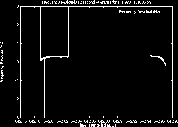
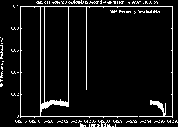
97 July 16 -- VS06m -- J1939-15
Tracking in Green Bank runs from 97 July 16 17h11m to 19h40m.
Data recording on S2. Tracking station problems with Two-Way-Timing
module data communication prevented good data recording at beginning
of pass. Failure of internal test fixture (Satellite simulator)
confused testing after hardware repair. Decided to attempt tracking
satellite, despite failure of internal tests. Data recorded
during last few minutes appeared OK.
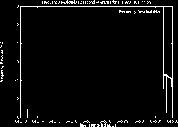
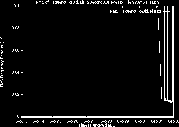
97 July 18 -- VT812 -- 1921-293
Tracking in Green Bank runs from 97 July 18 02h53m to 5h16m.
Computer/Operations problem caused a loss of downlink data
from 4h43m to end of tracking pass.
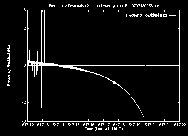
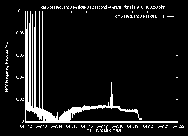
97 July 22 -- V083c -- 1413+135
Tracking in Green Bank runs from 97 July 22 01h10m to 3h53m.
Satellite downlink signal weak/intermittent during last 4 minutes
of tracking pass.
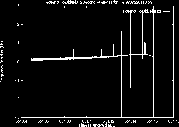
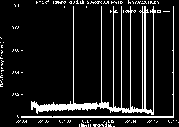
Other Web Sites
Return
to the NRAO Green Bank Tracking Station page.
VSOP/HALCA has a home page.
The
VLBA Correlator
NRAO Socorro is developing other hardware and software for the
NASA OVLBI project.
There is a
Space VLBA Correlator
home page as well.
Return to the Station Software Guide.
The National Radio Astronomy Observatory
(NRAO)
is a facillity of the
National Science Foundation
operated under cooperative agreement by
Associated Universities, Inc.
glangsto@nrao.edu Last update: 97 July 22
 Orbiting VLBI Link Stability
Orbiting VLBI Link Stability Orbiting VLBI Link Stability
Orbiting VLBI Link Stability








